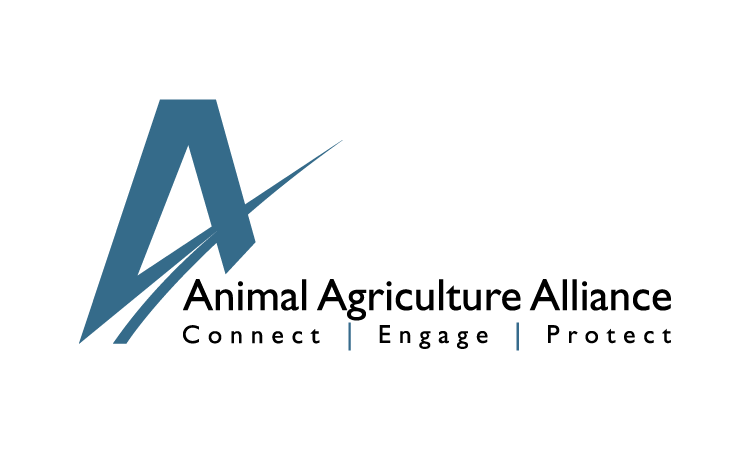Thank you for getting social about animal agriculture! Share any of the following graphics to your social media pages!

Turkey farmers not only care for the animals they raise, they’re also dedicated stewards of the land and take precautions to ensure their farms’ longevity through sustainable agriculture practices. https://bit.ly/3qcqZZu

Did you know the majority of U.S. turkey farms are family farms? bit.ly/3qcqZZu

Farmers look for clean feathers, round, prominent eyes and that the turkeys are following them through the barn to signal the birds are healthy. bit.ly/3qcqZZu

On the day the poults (baby turkeys) arrive to the farm, the barn is set to 85 degrees. The temperature is gradually lowered to about 70 degrees by the fifth or sixth week. https://bit.ly/3ORPKKm

Turkey has 10 essential nutrients, from B12 to copper, which help build strong bones, support a healthy nervous system, promote thyroid function, and more! https://bit.ly/3ORPKKm

The majority of the antibiotics that are used to treat turkeys are never used in human medicine, and the turkey community is taking steps to phase out those most critical to human medicine. https://bit.ly/3qcqZZu

Through developments in new technologies, enhanced management practices and increased biosecurity principles, the percentage of turkey poults that received hatchery antimicrobials has significantly decreased! https://bit.ly/3NexHg1
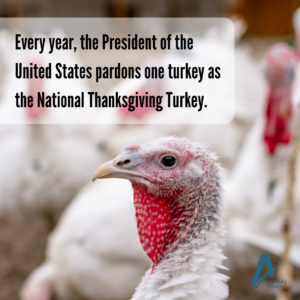
Every year, the President of the United States is presented with the National Thanksgiving Turkey. This presentation represents agriculture’s commitment to feeding the world, the contributions of the turkey community, and the start of the holiday season. https://bit.ly/3QCQXTf
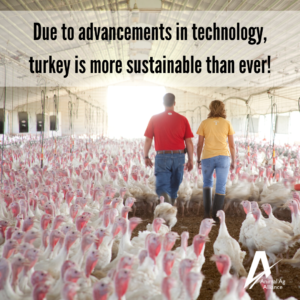
The turkey community is on a sustainable path. Turkey growers are working to be more sustainable by using things like: high-tech computer systems to control and monitor turkey barns, solar power, improved genetics, and state-of-the-art water management systems. https://bit.ly/3pf0Ue7
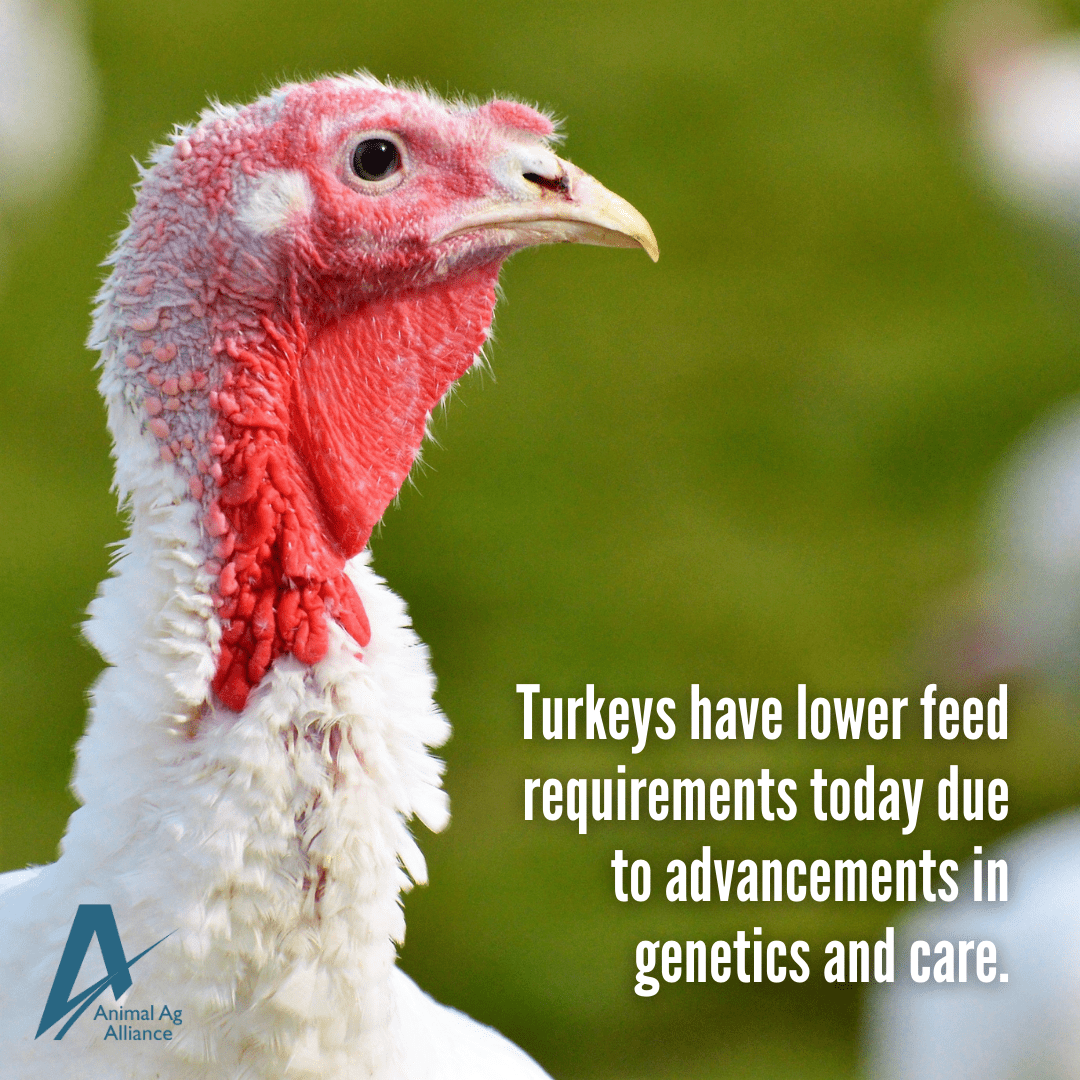
Advancements in breeding and genetics have helped turkey farmers raise more birds with less feed! bit.ly/3qZP8Dw

Turkey bedding, sometimes referred to as litter, is recycled and used as a natural fertilizer to give soil and crops extra nutrients. https://bit.ly/3pXA5ZQ
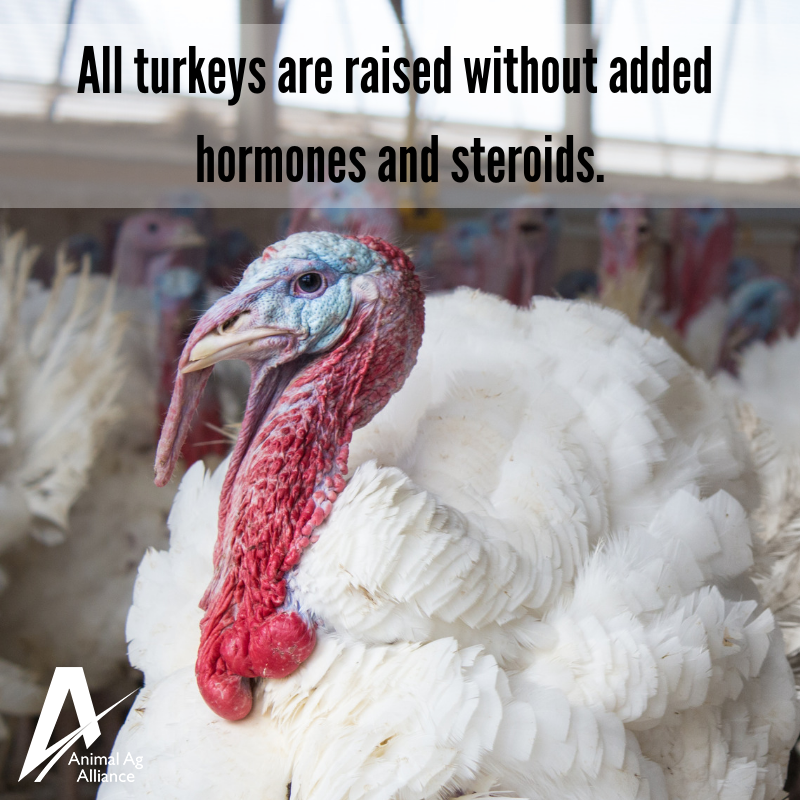
All turkeys are raised without added hormones and steroids. Turkeys are bigger today due to genetic improvements, better feed formulation, and modern management practices! https://bit.ly/2ISjLd7
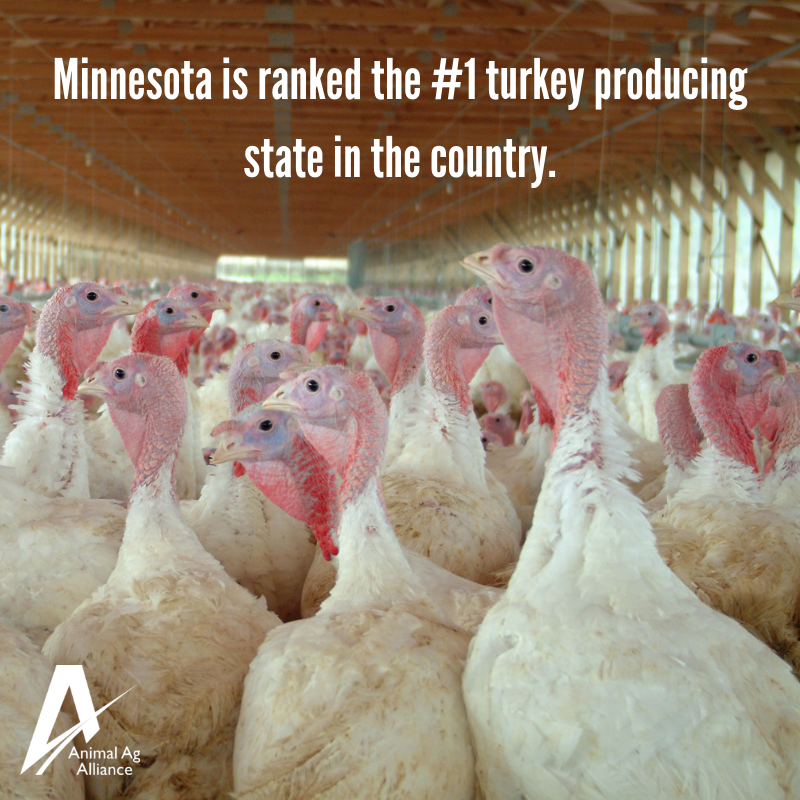
Minnesota has 450 turkey farmers – many of whom are 3rd, 4th, and 5th generation farm families – who raise about 42-45 million turkeys annually making Minnesota #1 for both turkey production and processing in the U.S. https://bit.ly/2JVNQaP
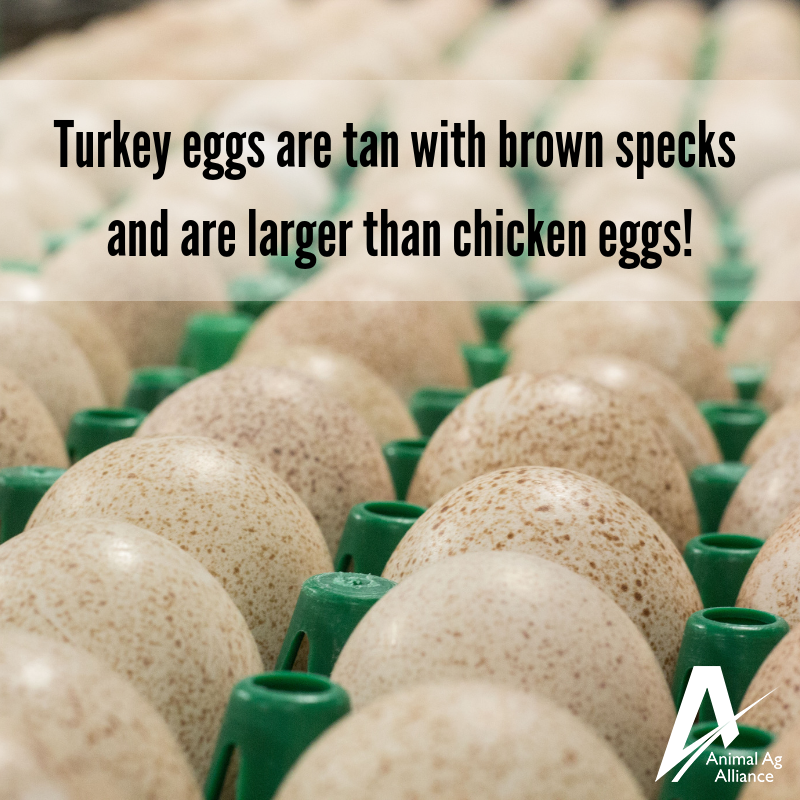
Did you know turkey eggs are tan with brown specks and larger than chicken eggs?? http://bit.ly/1UxApYi
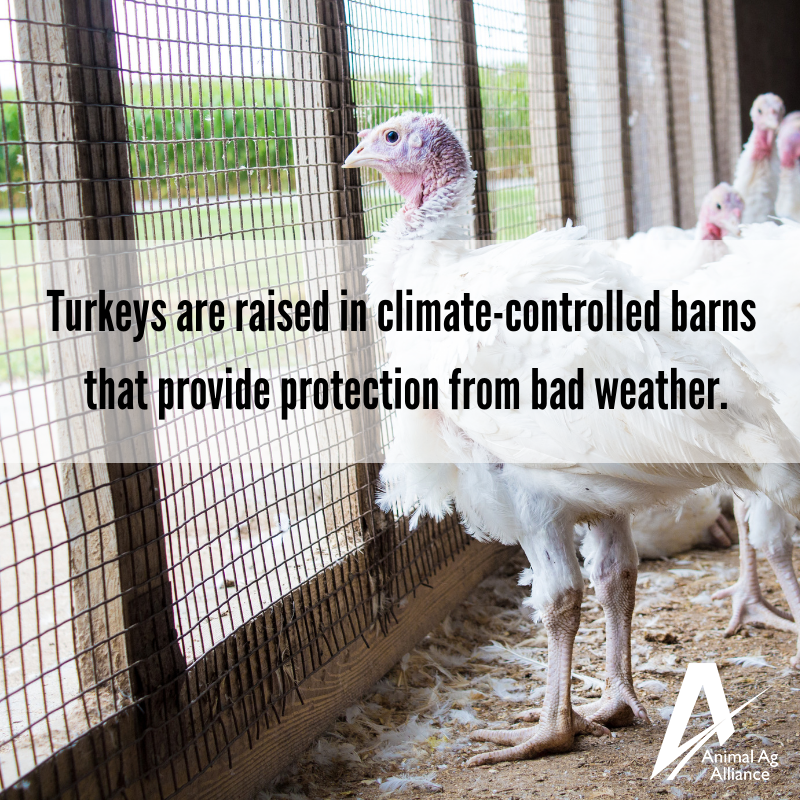
Barns provide a safe, comfortable home for turkeys and are specially designed to maximize the health and comfort of the birds. Barns keep predators away, help farmers control germs and diseases from getting to the birds, and allow maximum comfort – turkeys stay cool in the summer, warm in the winter, and dry during inclement weather. bit.ly/2NO5WPM
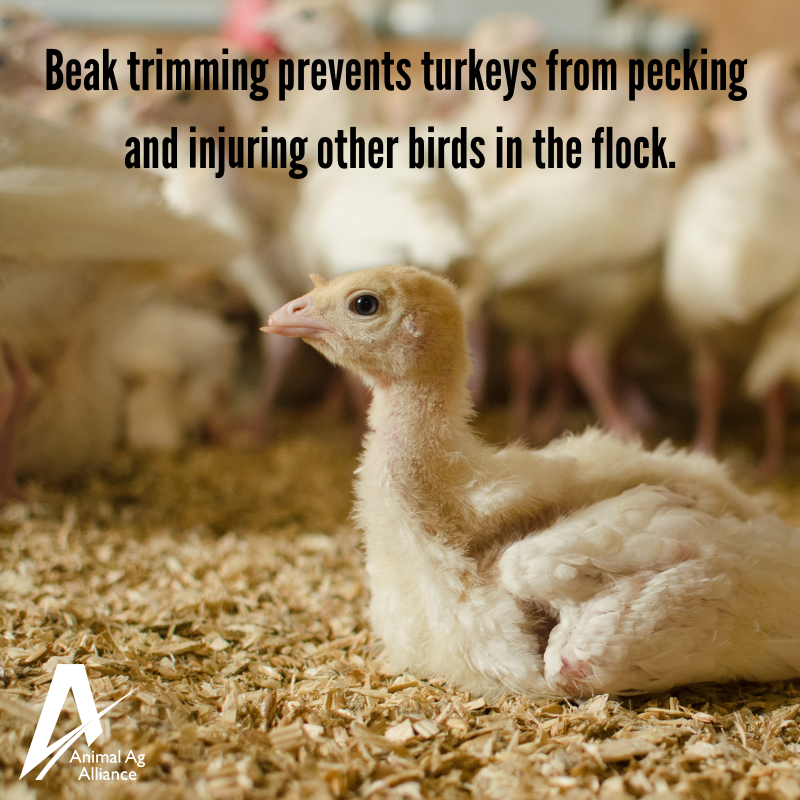
Have you noticed some birds’ beaks are shorter on the top than the bottom? This is called beak trimming. The tip of the upper or lower beak is removed to help prevent birds from pecking, injuring, and killing other birds in the flock. According to the American Veterinary Medical Association, beak trimming is currently considered to be a necessary management practice for poultry! http://bit.ly/2semDEi
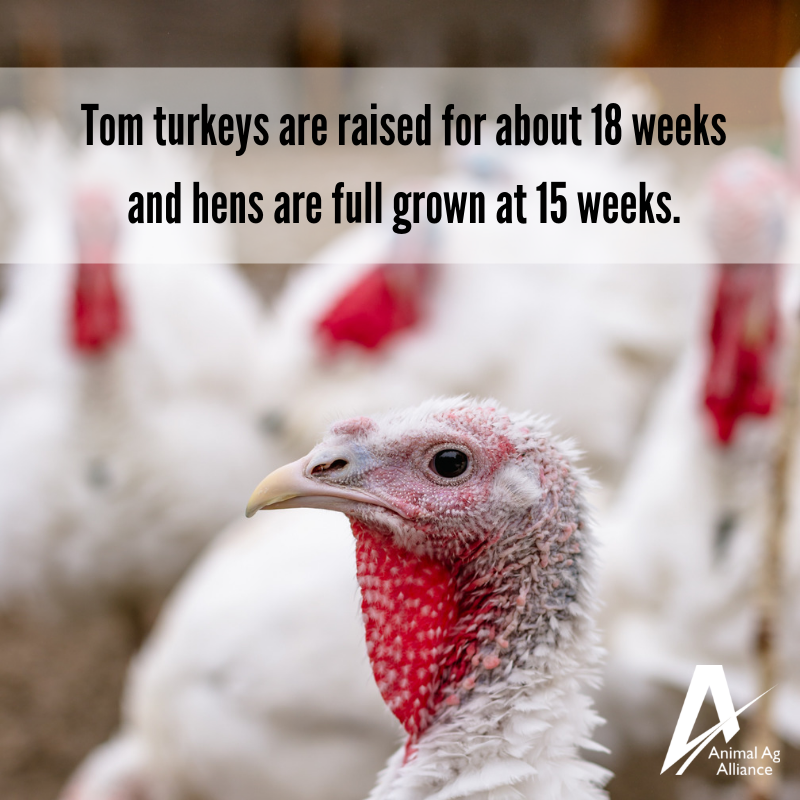
Hens typically weigh 15 pounds and toms weigh 38 pounds at maturity! https://bit.ly/2JVNQaP
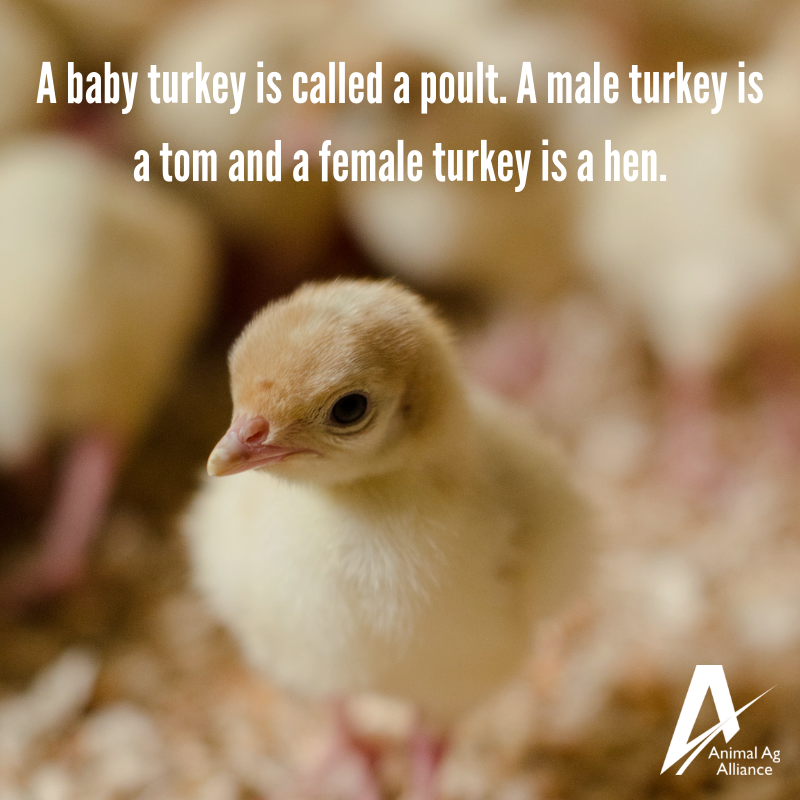
Here’s your turkey terminology lesson! Baby turkeys aren’t called chicks – they’re called poults. Male turkeys are called toms and females are hens. https://bit.ly/2JWeKQ4
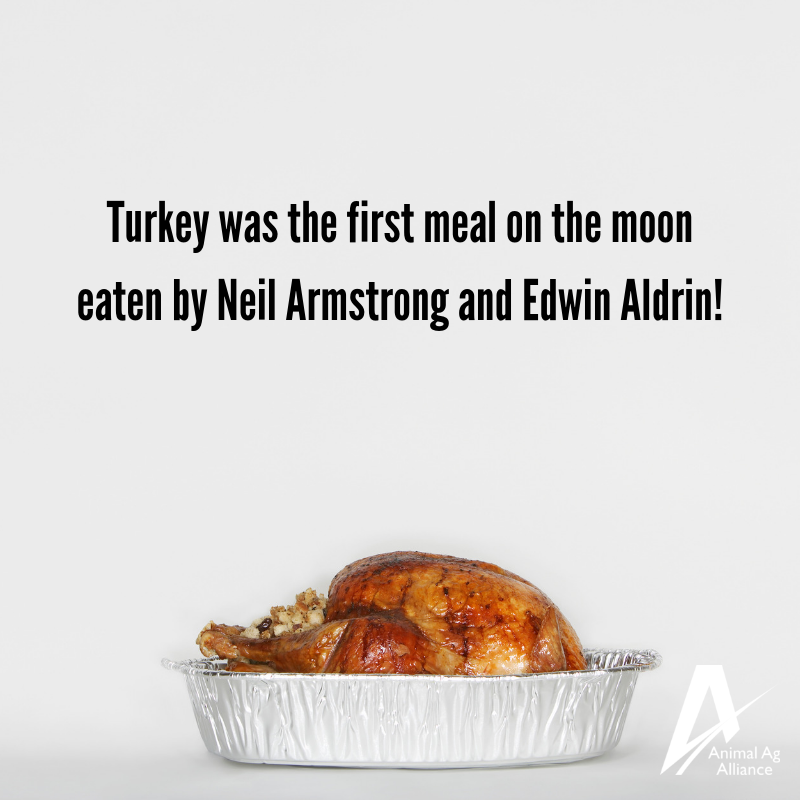
When Neil Armstrong and Edwin Aldrin sat down for their first meal on the moon, their foil food packets contained roasted turkey and all the trimmings. https://bit.ly/2JVNQaP
Category: Social Media
Tag: Activist Propaganda, Social Media, Turkey,
